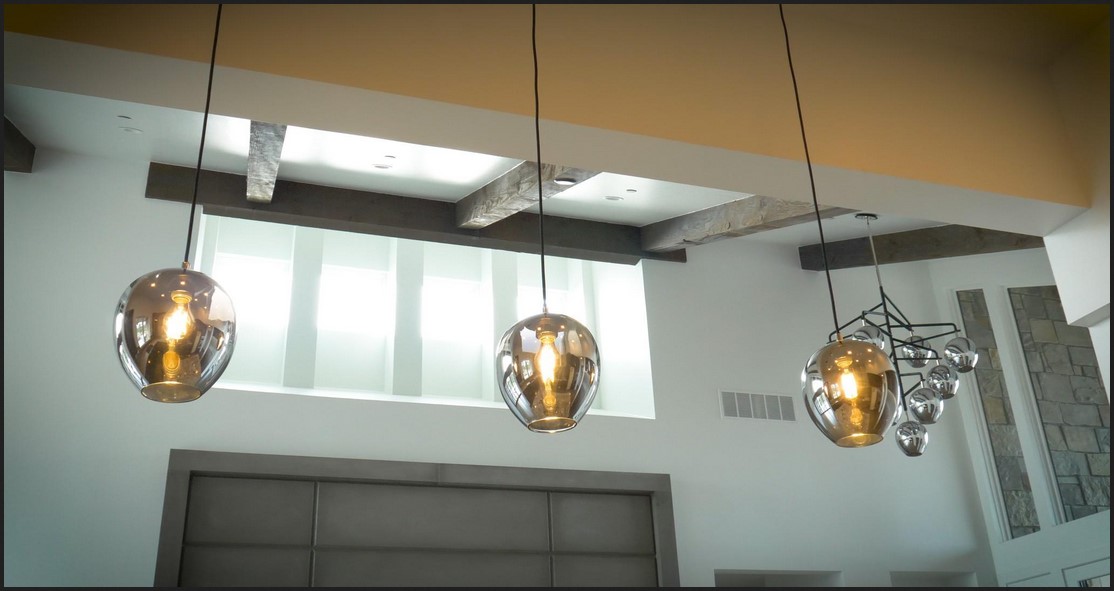Interior and Exterior House Painting FAQ

Interior and exterior house painting jobs can disrupt workflow when you choose the wrong timing or hire a bad painter. As a property owner, you want to improve the aesthetic value of your property and have that important layer of protection. There are certain factors to consider when considering a painting project. These include budget, season, paint types, and weather conditions. It is thus important to put certain things into retrospect before repainting your building.
Check out the most common questions interior and exterior house painting professionals get about planning a painting project.
When is the best time to plan a painting project?
If you are considering giving your property a facelift by repainting, it is advisable to start planning ahead of time. Contact your painting company in advance to assist with the planning process. These experts will work closely with you to choose the right time for the painting project.
Which is the best season to paint: summer or winter?
The answer depends on the type of painting project you want to undertake. Summer months are a great time to repaint your exterior, thanks to the warm weather. Interior painting can be done at any time of the year.
What is the right temperature for the paint to dry?
The recommended temperature ranges from 50 to 90 degrees. However, there are exceptions to this. One of the determining factors is the paint formulation. Specific paint products are formulated for even lower temperatures.
When not to consider exterior painting?
While the summer months are considered the best time for exterior paint jobs, a good painting contractor will always consider the temperature. Painting an exterior surface at a temperature level above 90 degrees can make the time, and resources in the painting project worthless. Outdoor painting in hot weather makes the paint dry a lot faster, making it vulnerable to damage.
What happens if you paint in hot weather?
Painting a surface in hot weather will not make the paint adhere to the surface. The paint will show signs of damage months, weeks or even days after job completion.
Is it OK to paint your exterior in winter?
Winter season presents chilly weather which makes it an unfavorable time for exterior house painting. Consider exterior painting under warm weather conditions
What happens if you paint in cold weather?
The paint takes more time to dry in cold weather, which can result in cracking, blushing, color differences, and an unappealing look. The paint will not adhere to the surface in the cold.
Are there weather-resistant paint products?
Of course, the market is saturated with lots of high-performance paints. In this case, you need the expertise of a professional painter to help choose rightly. These paints are designed to withstand even the harshest elements. These paints make your interior and exterior appealing when applied correctly and under the right weather conditions.
What are tell-tale signs that it’s time to change the looks of a building?
Common signs include cracks, stains, bubbles and sagged paints. When you notice these obvious signs, then its’ time to consider interior and exterior house painting project





